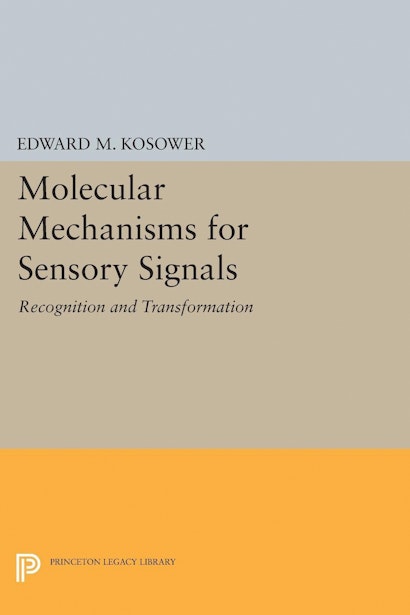Molecular Mechanisms for Sensory Signals: Recognition and Transformation


Hardcover
- Price:
- $255.00/£213.00
- ISBN:
- Published:
- Mar 21, 2017
- Copyright:
- 1991
- Pages:
- 458
- Size:
- 6 x 9.25 in.
Paperback
ebook
Pursuing the questions of how we learn and how memory is made, Edward Kosower introduces a novel and rich approach to connecting molecular properties with the biological properties that enable us to write and read, to create culture and ethics, and to think. Here he examines what happens within a single cell in reaction to external stimuli, and shows the parallels between single cell and multicellular responses. To address the problem of “learning,” Kosower explains the molecular mechanisms of responses to input from taste, olfactory, and visual receptors. He then shows how these and other processes serve as the basis for memory. This study covers such signals for the molecular process of learning as pheromones (the molecular signals mediating behavior), light (activates the G-protein receptor, rhodopsin), and acetylcholine (opens the nicotinic acetylcholine receptor). Kosower’s discussion of the structure and function of these complex molecules has direct implications for such areas as molecular neurobiology, bioorganic chemistry, and drug design, in elucidating approaches to the structure of drug targets.
Originally published in 1991.
The Princeton Legacy Library uses the latest print-on-demand technology to again make available previously out-of-print books from the distinguished backlist of Princeton University Press. These editions preserve the original texts of these important books while presenting them in durable paperback and hardcover editions. The goal of the Princeton Legacy Library is to vastly increase access to the rich scholarly heritage found in the thousands of books published by Princeton University Press since its founding in 1905.